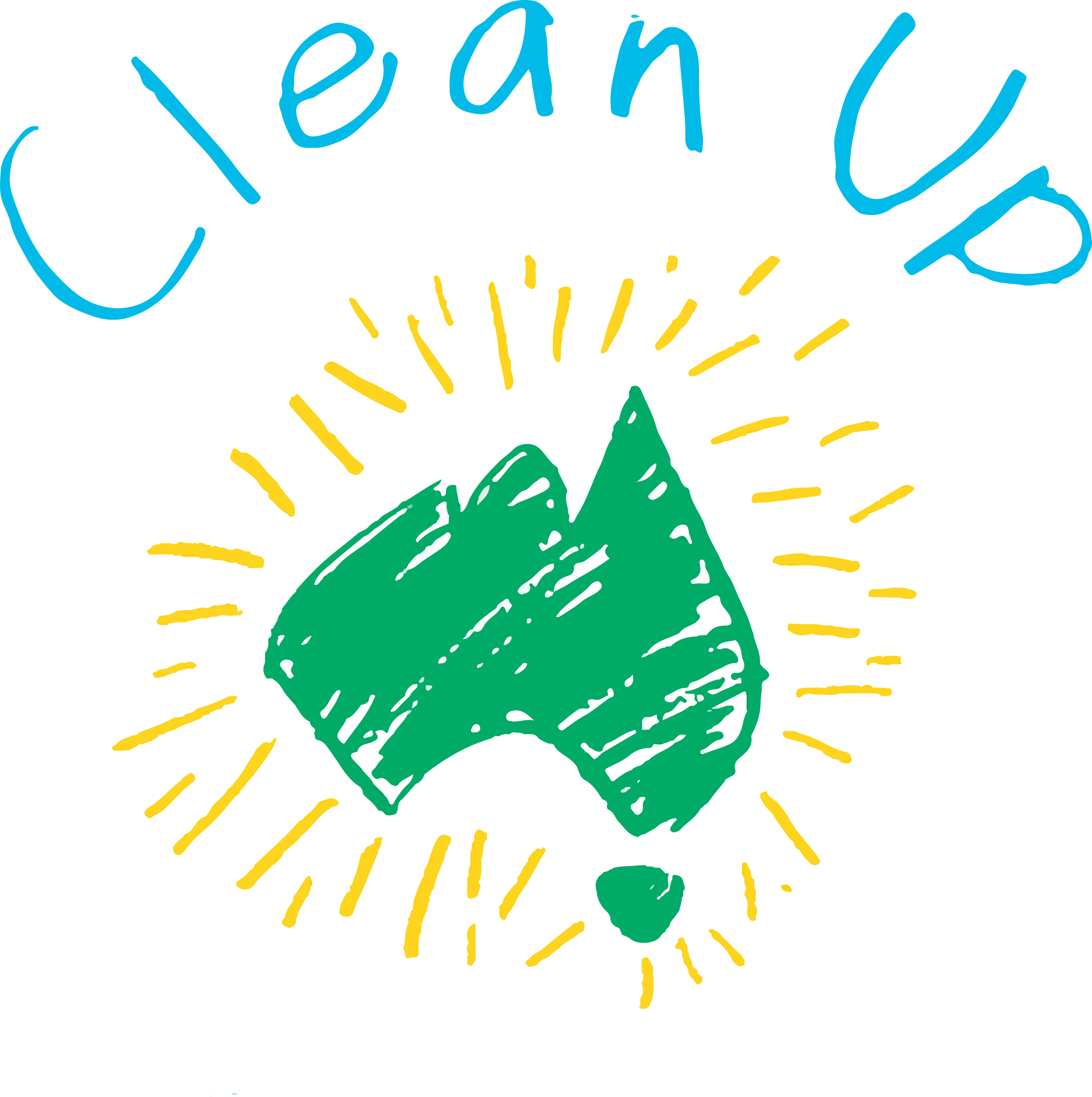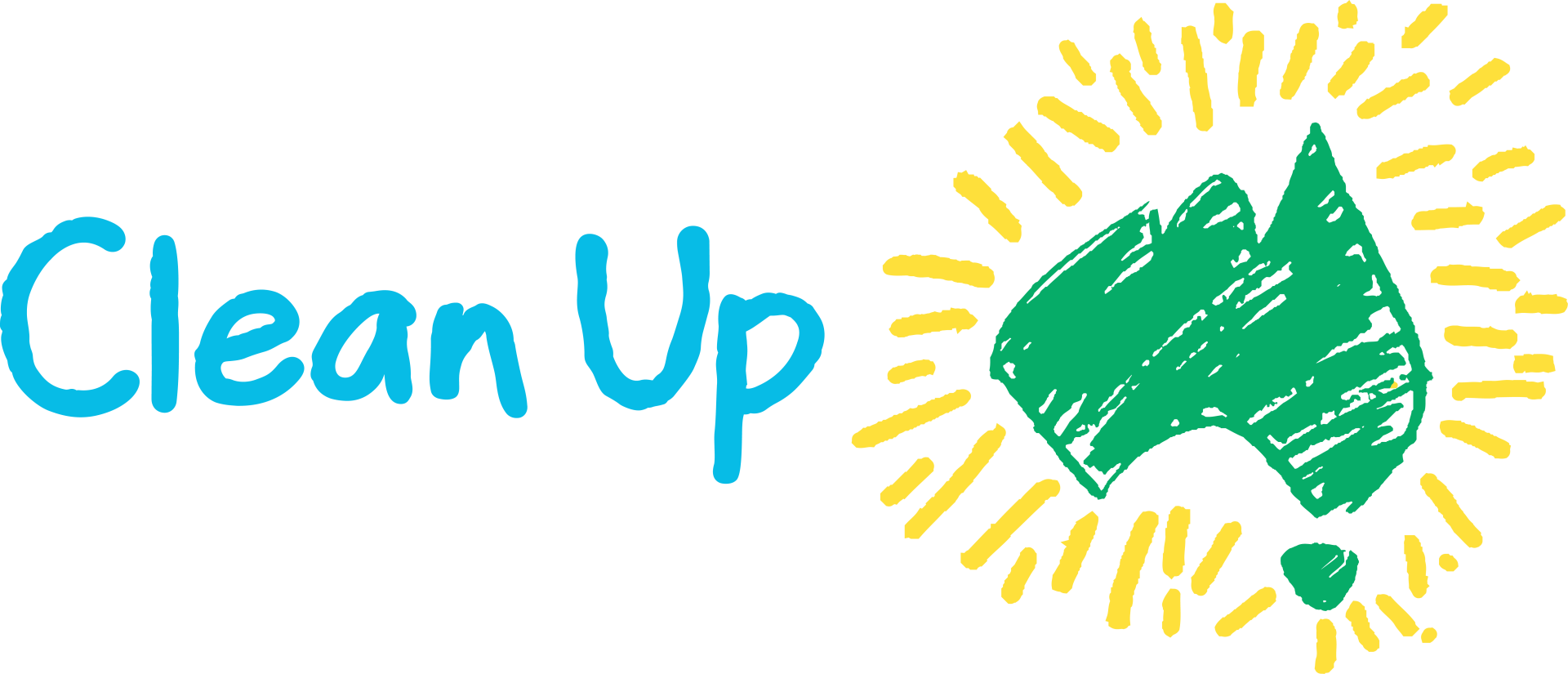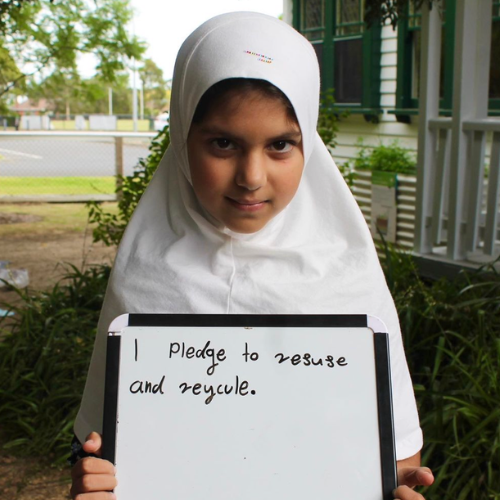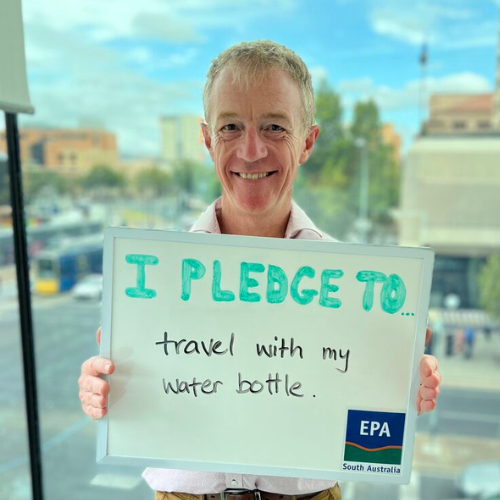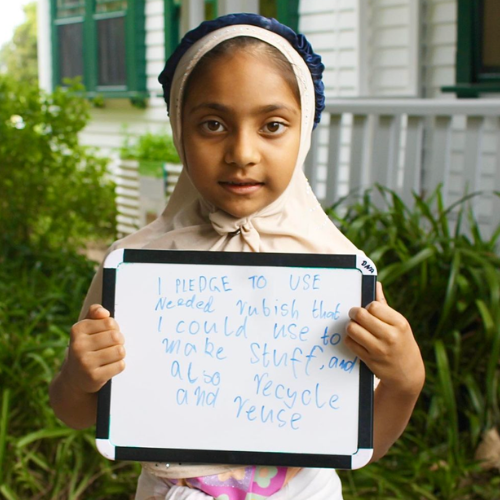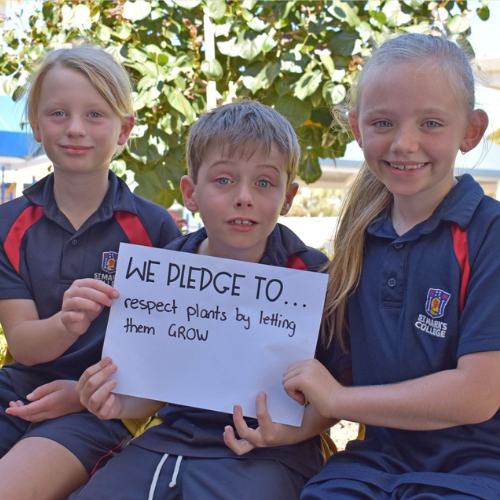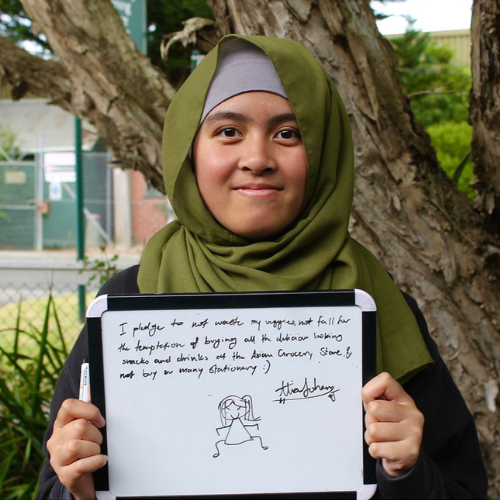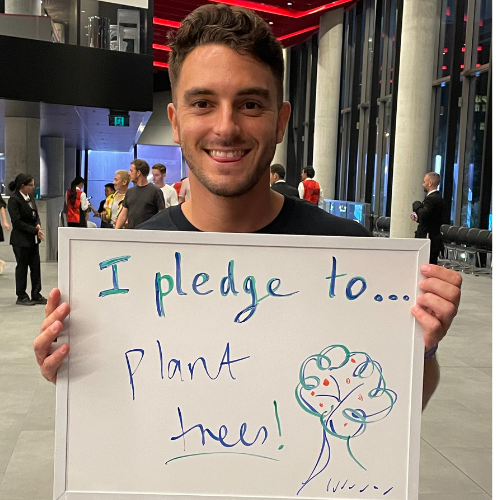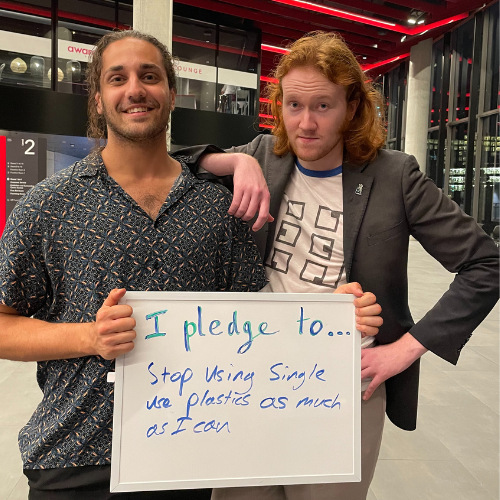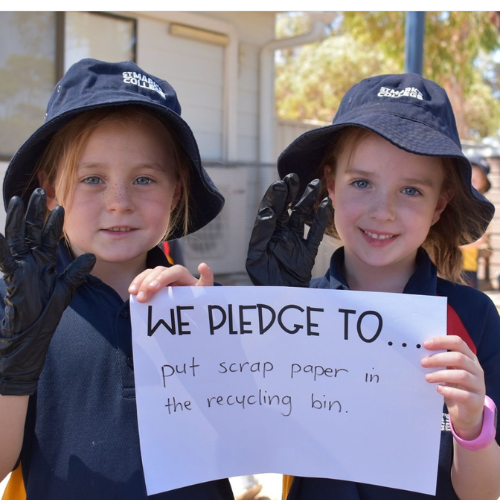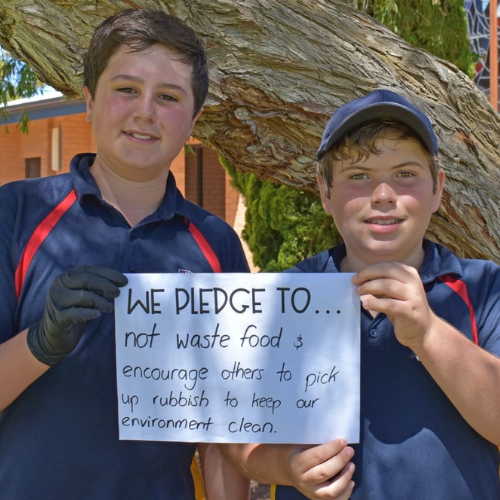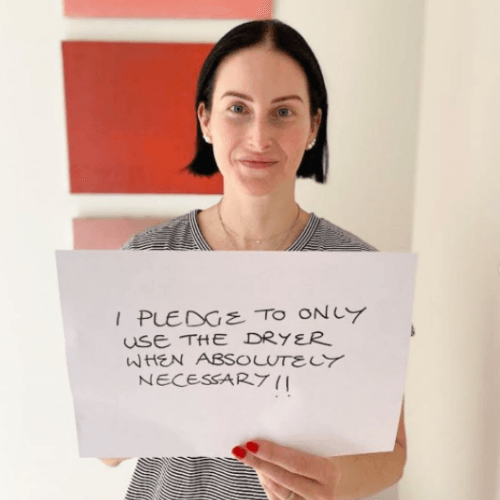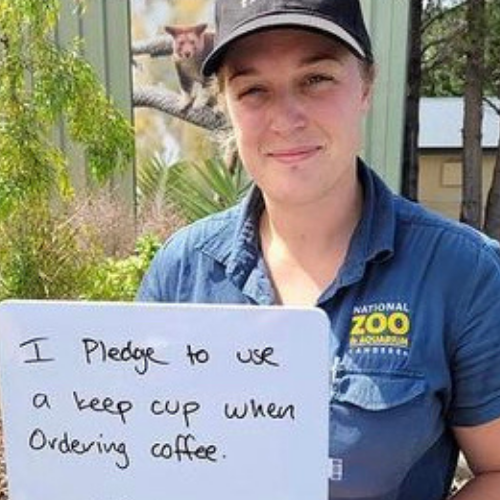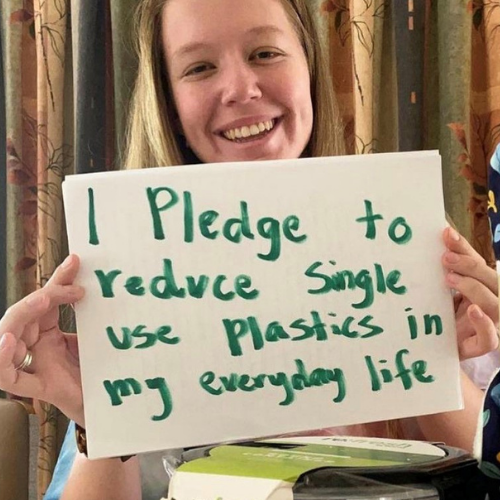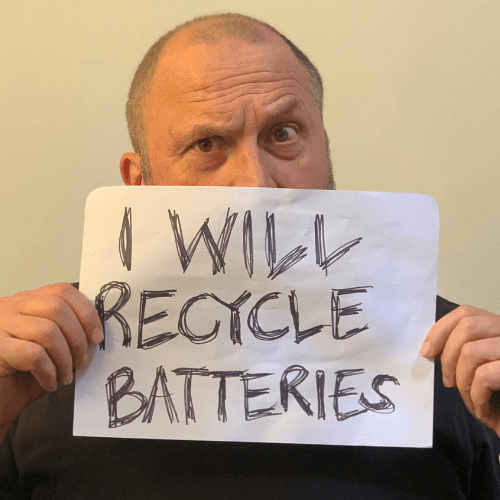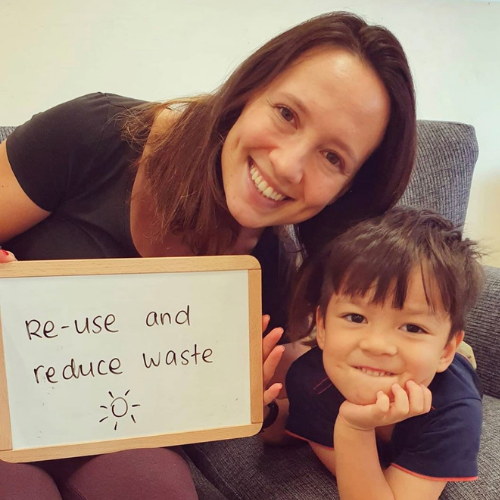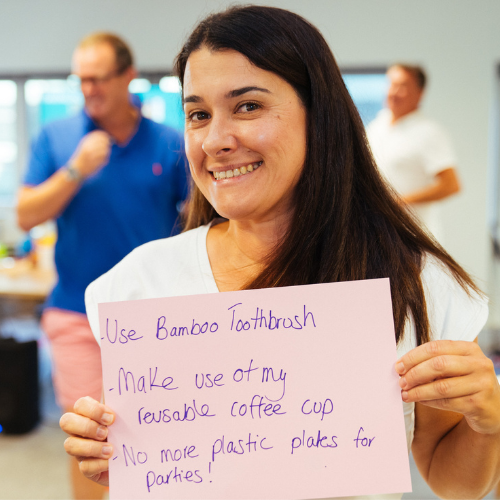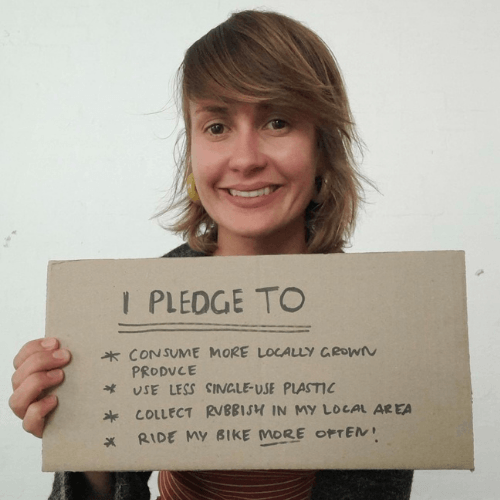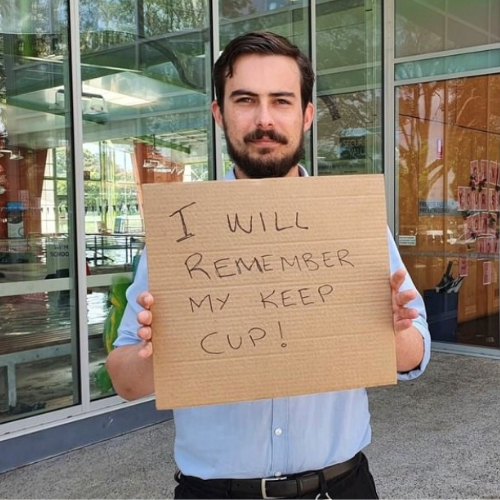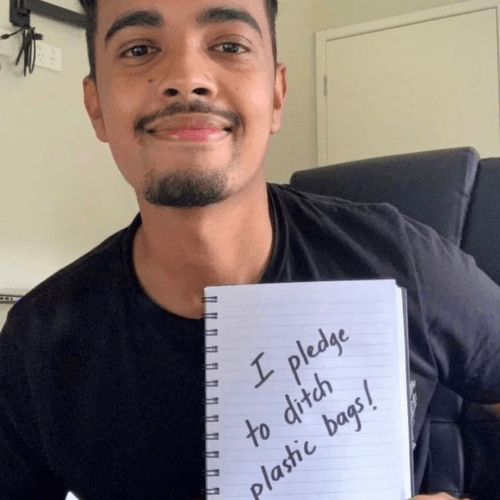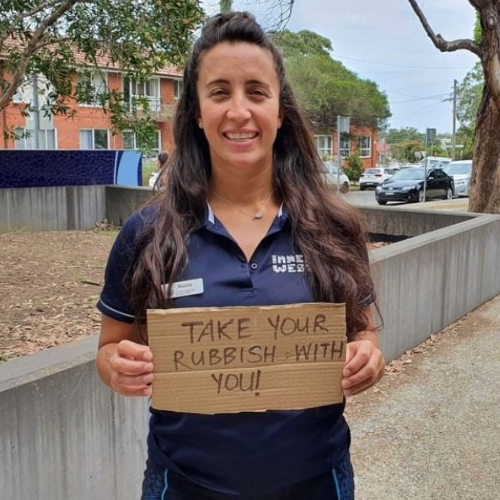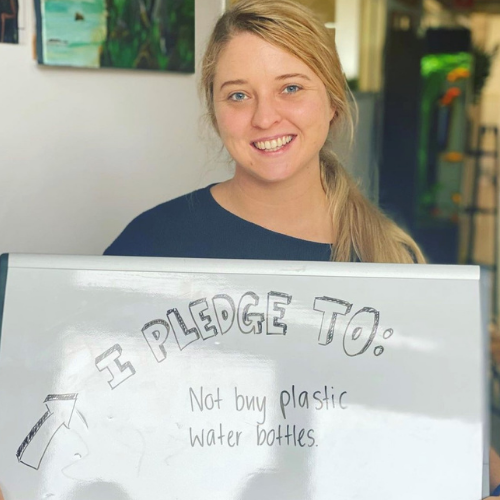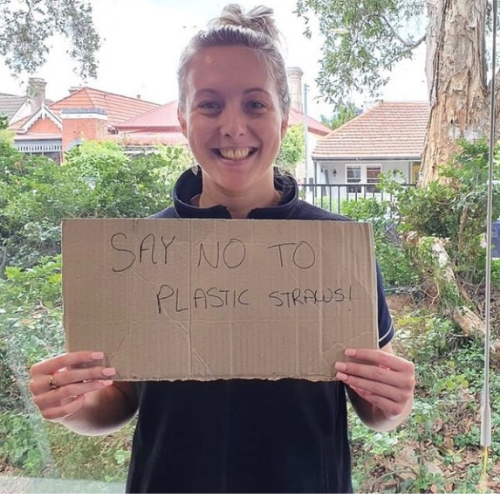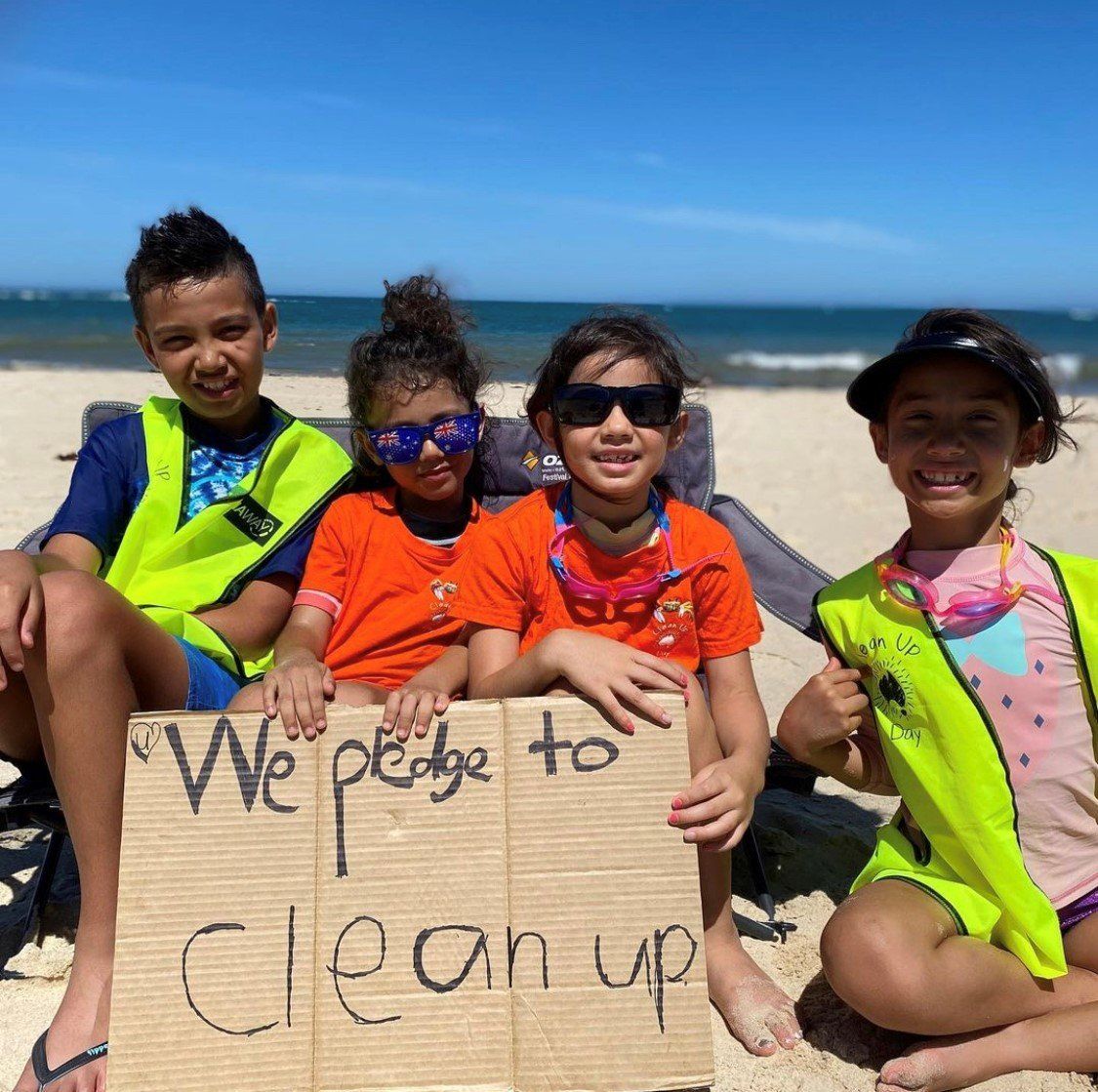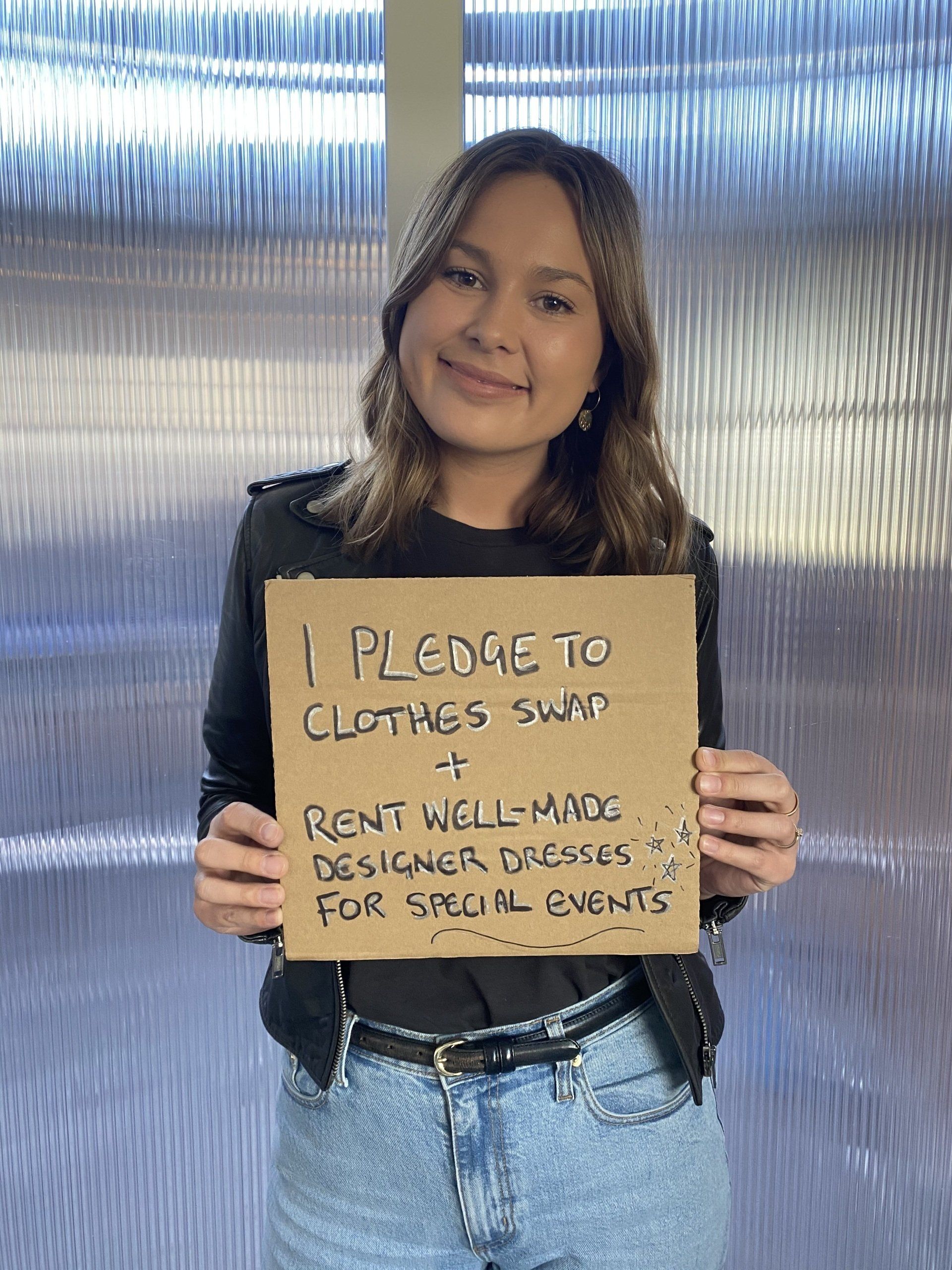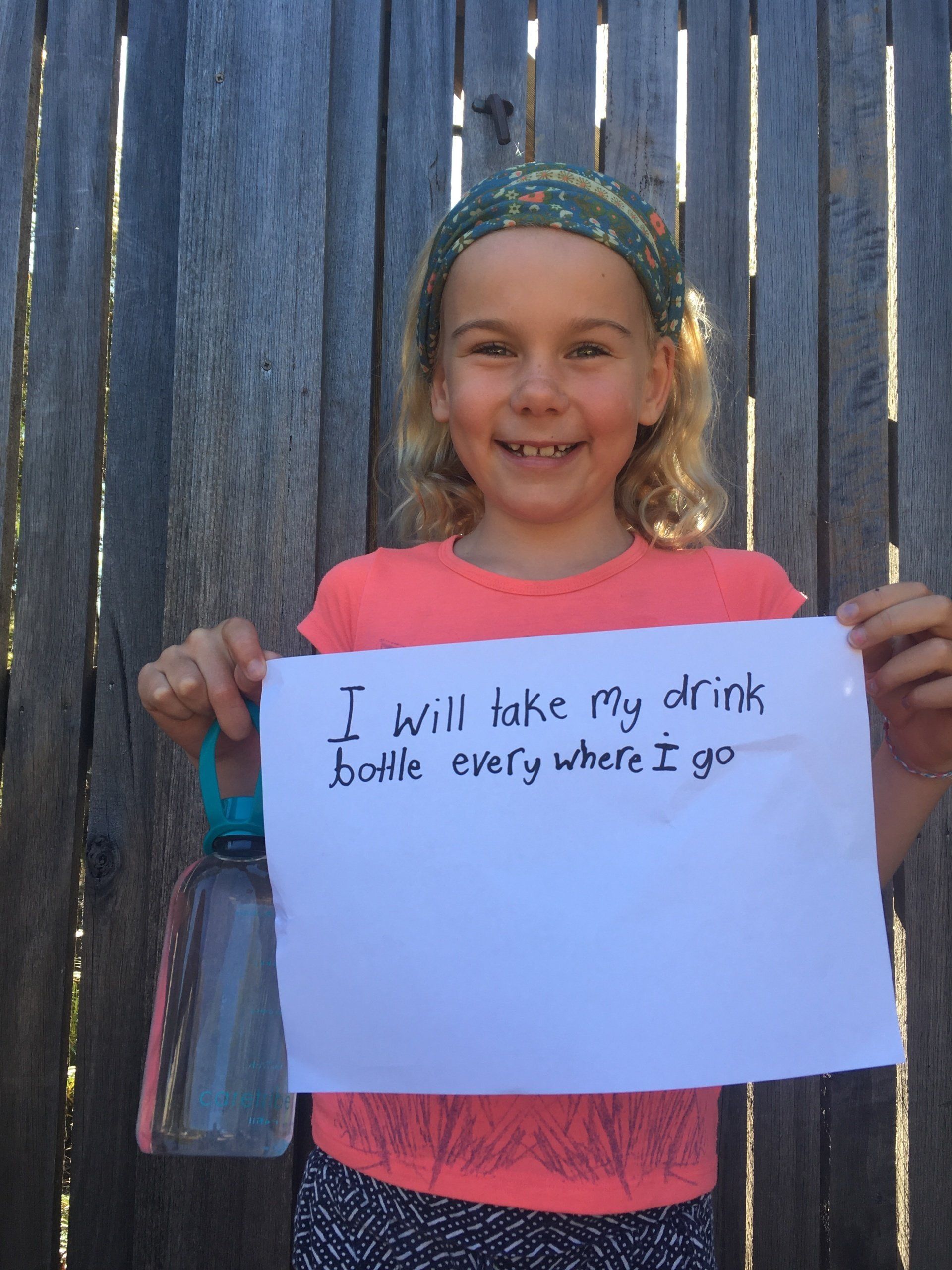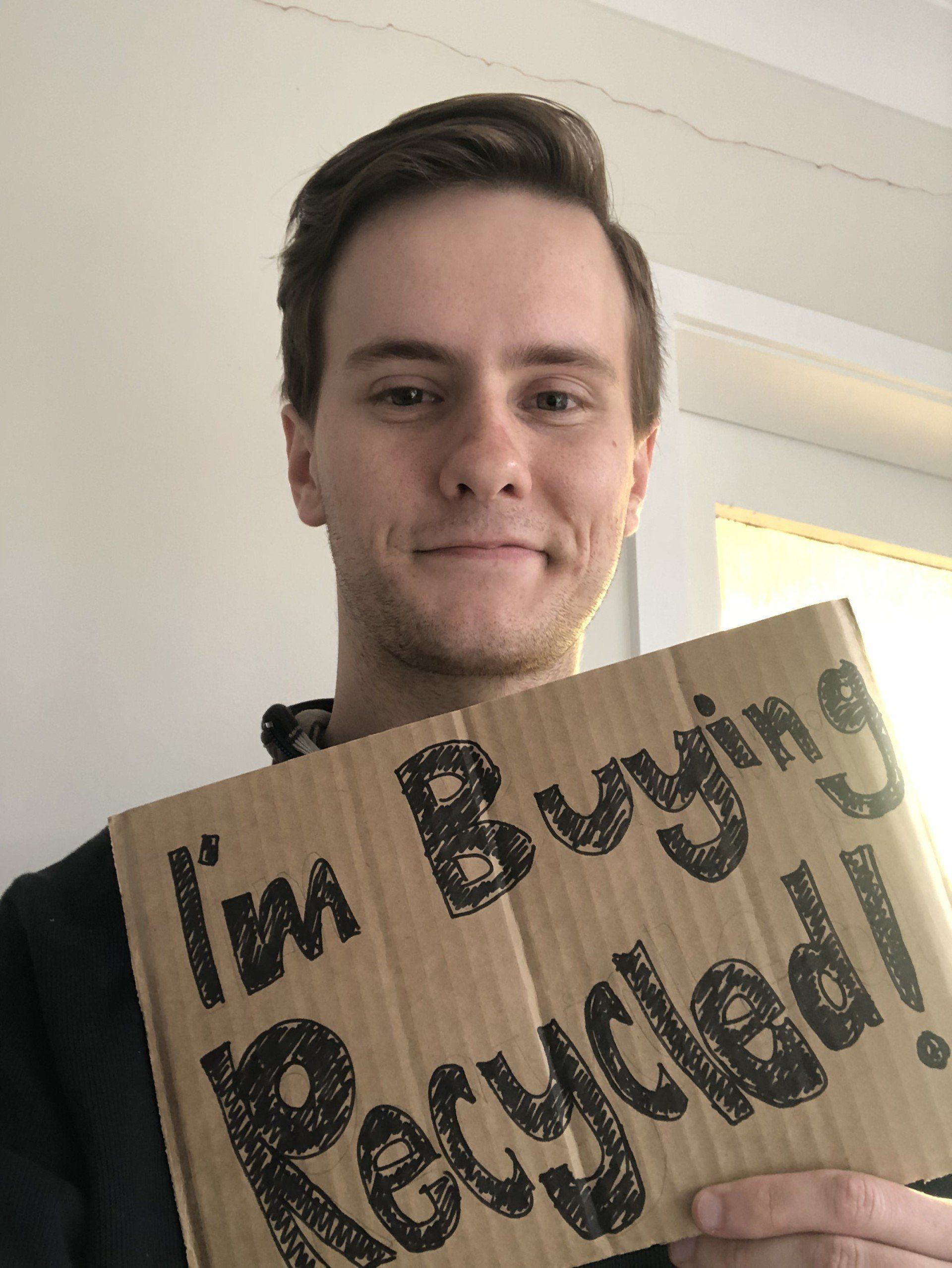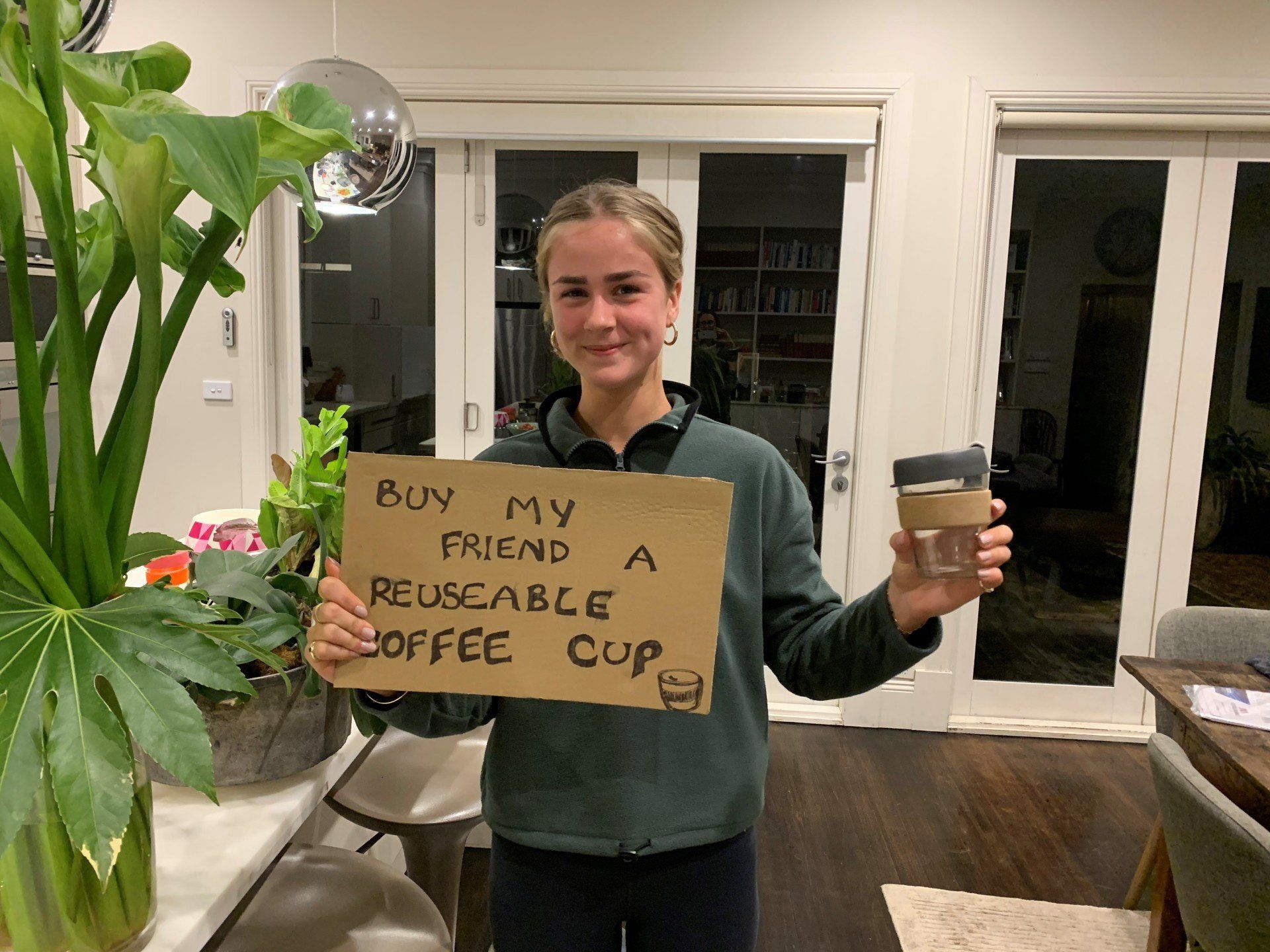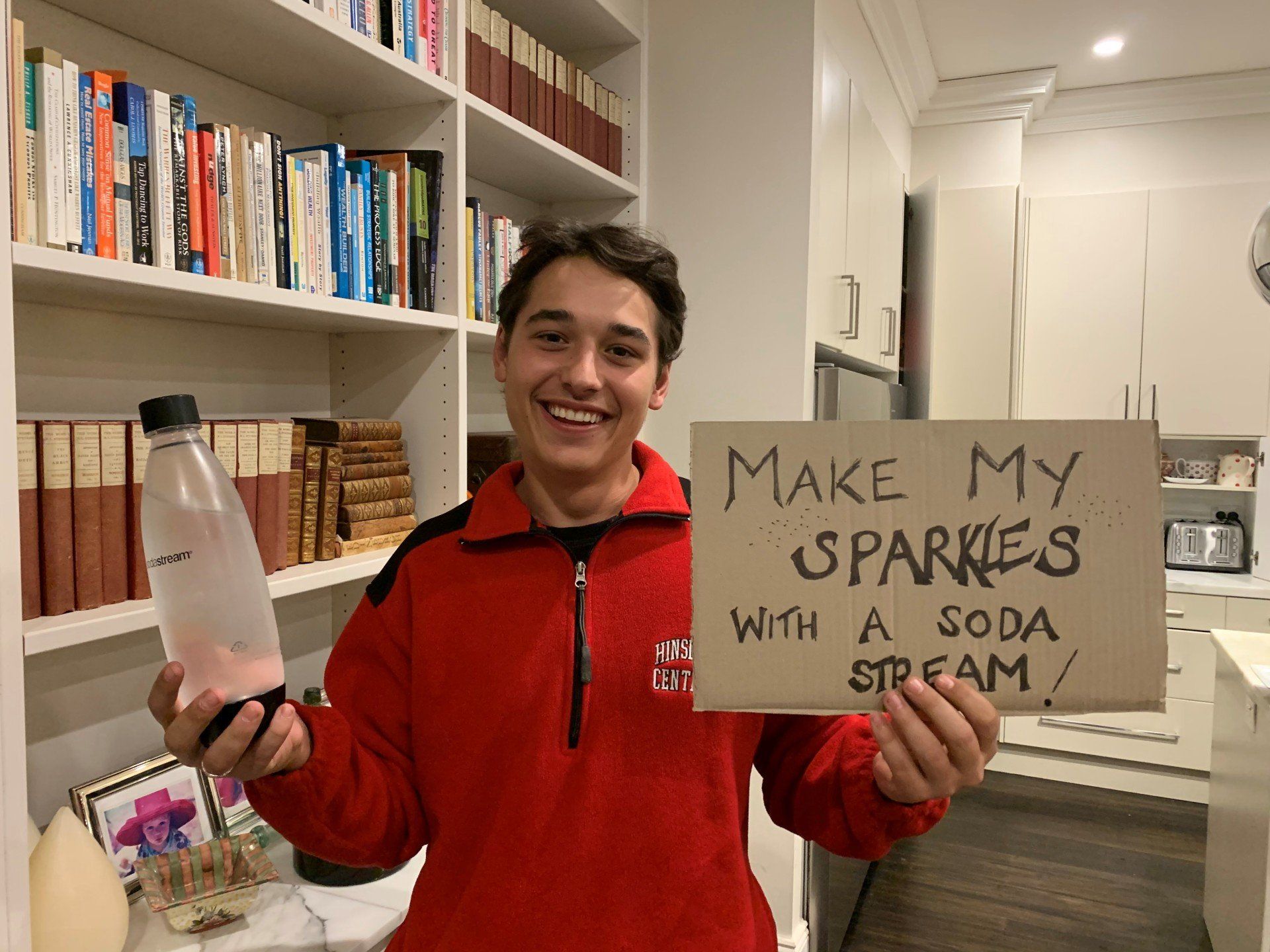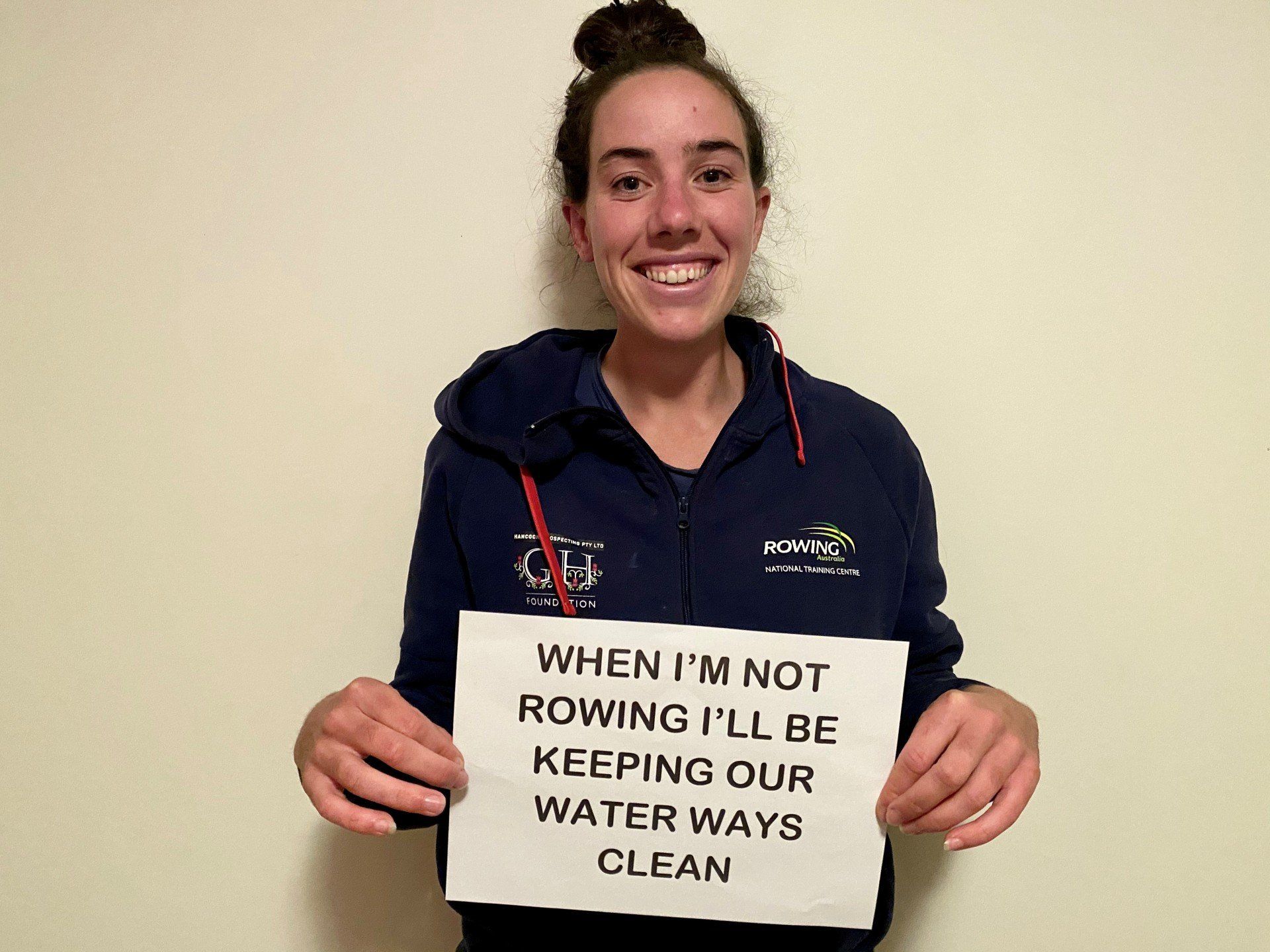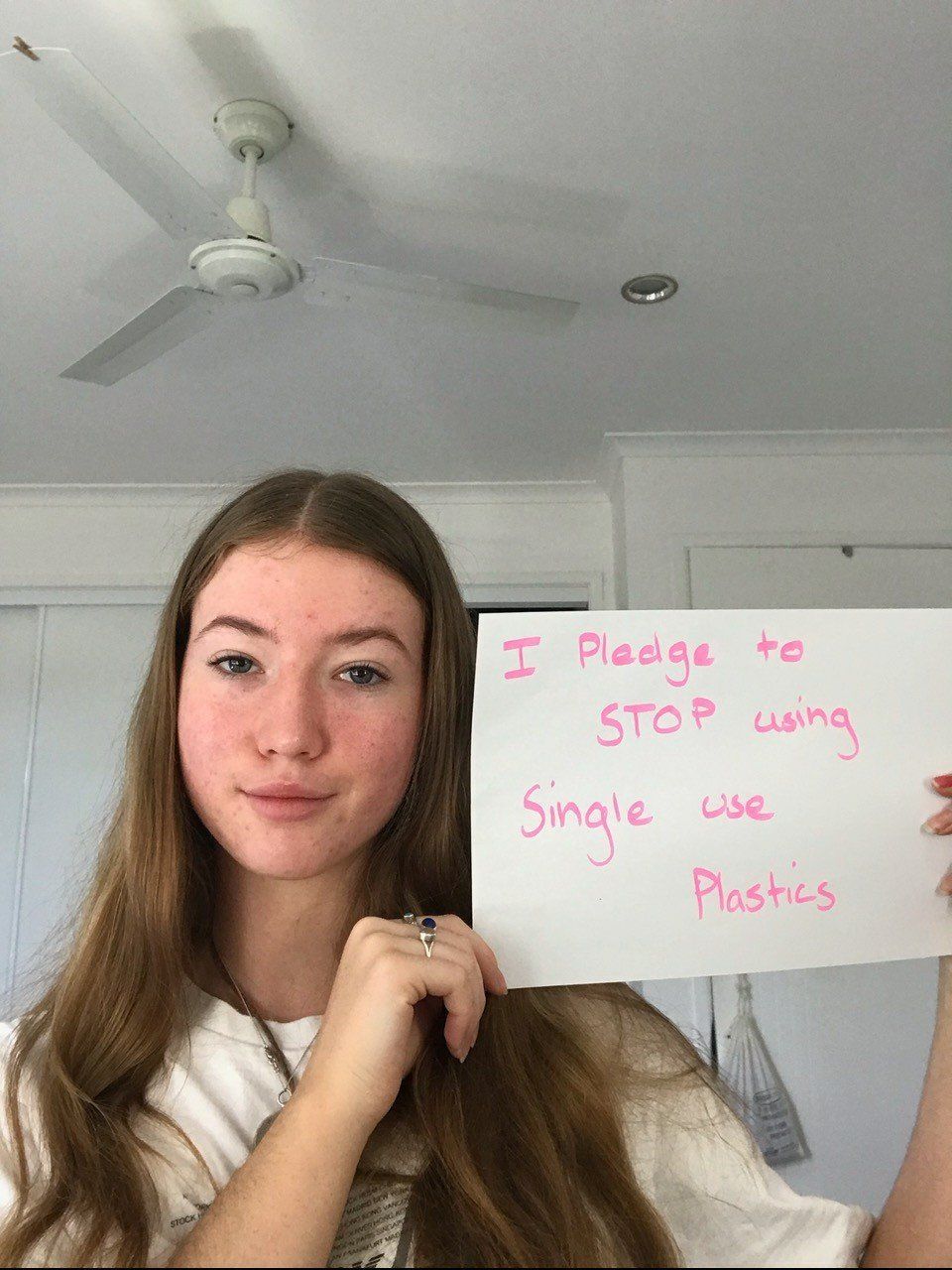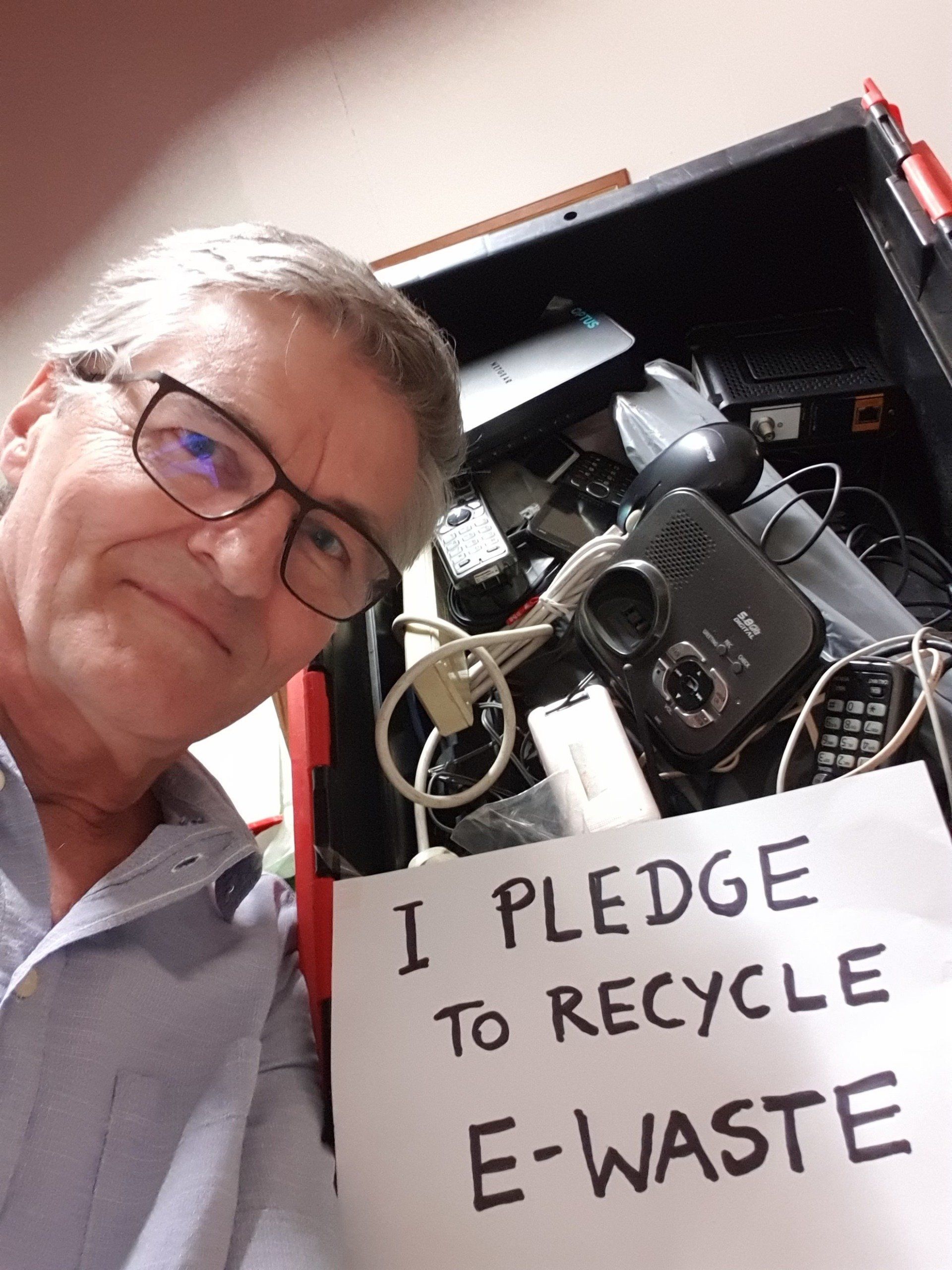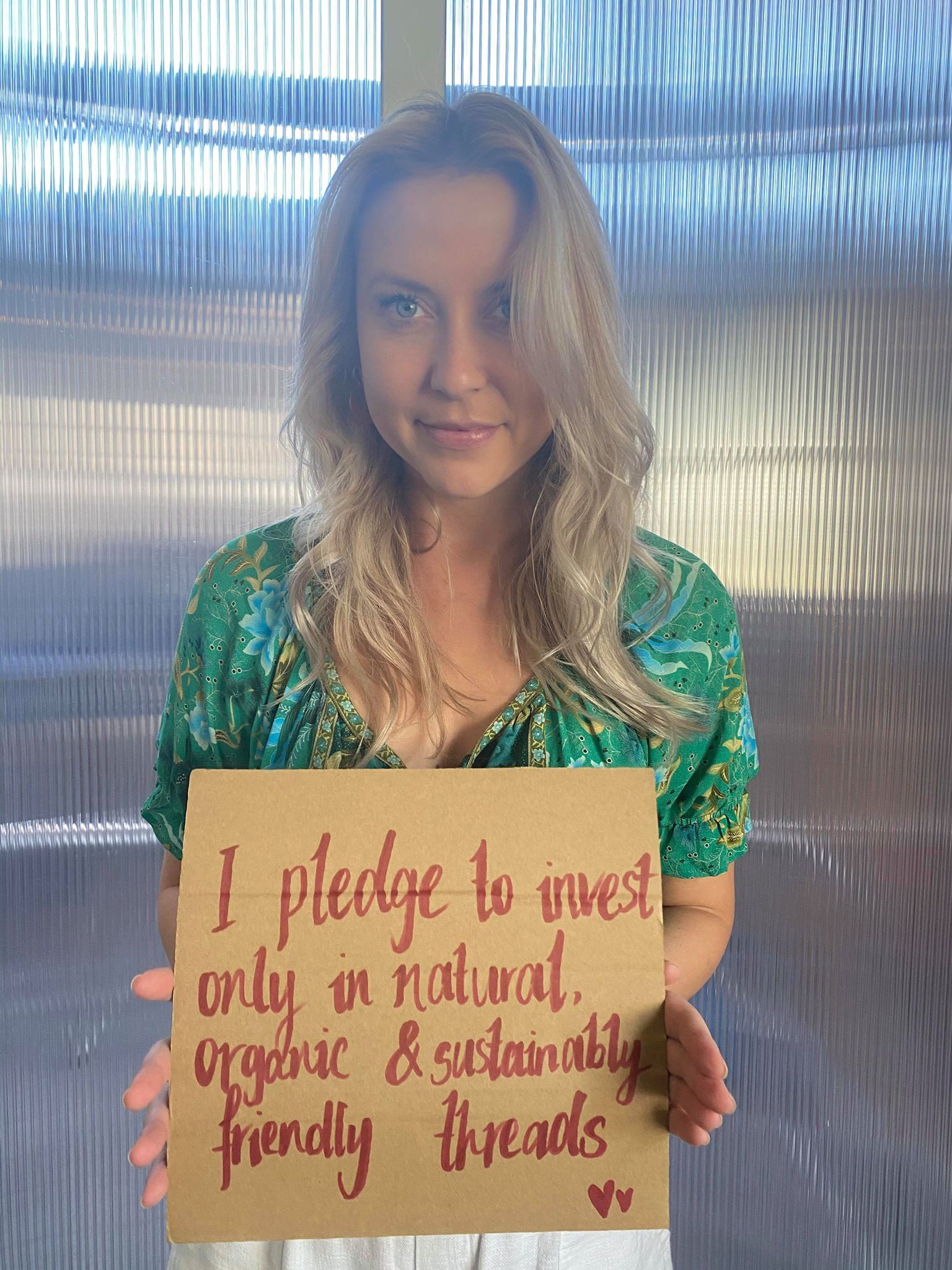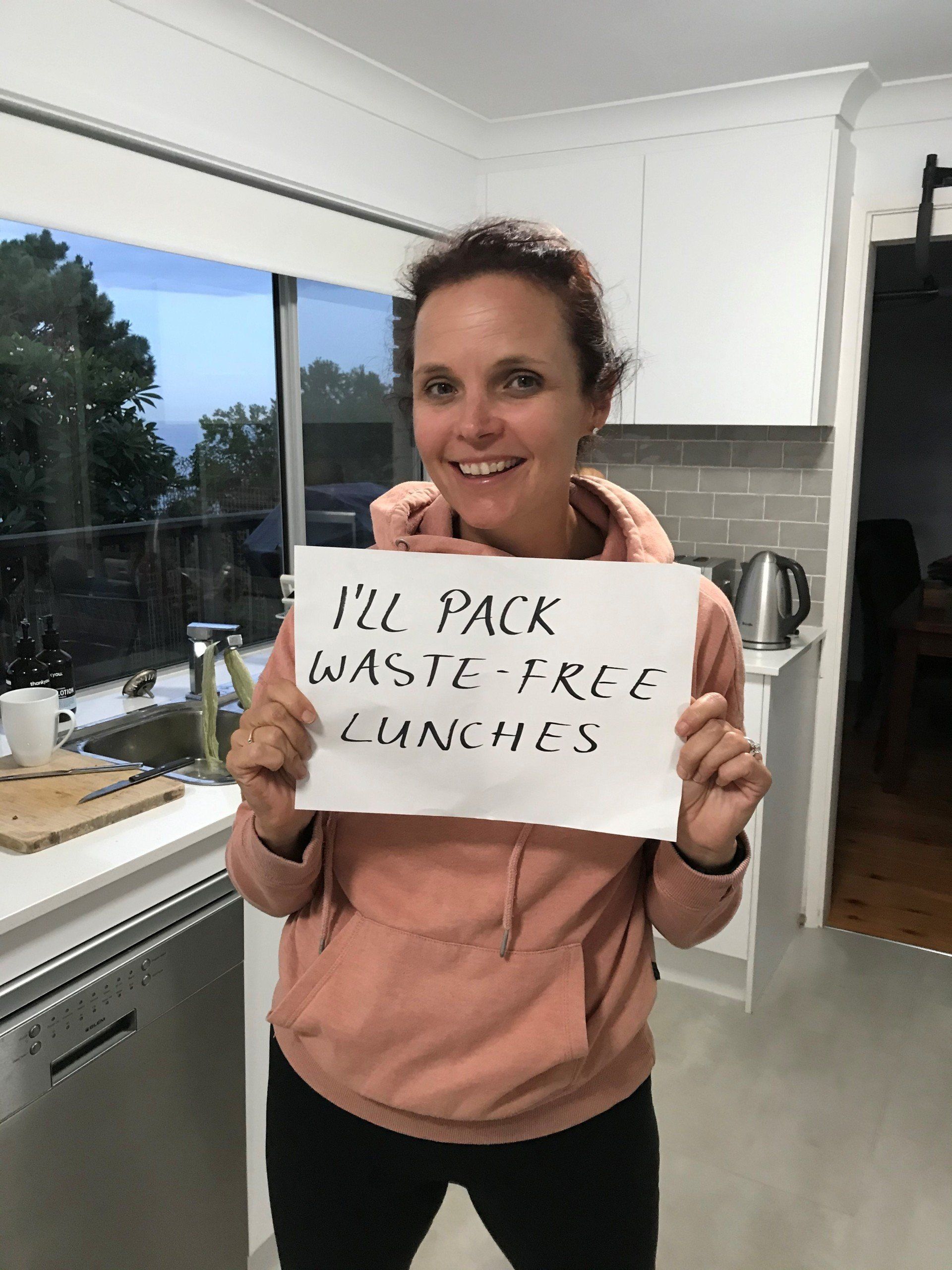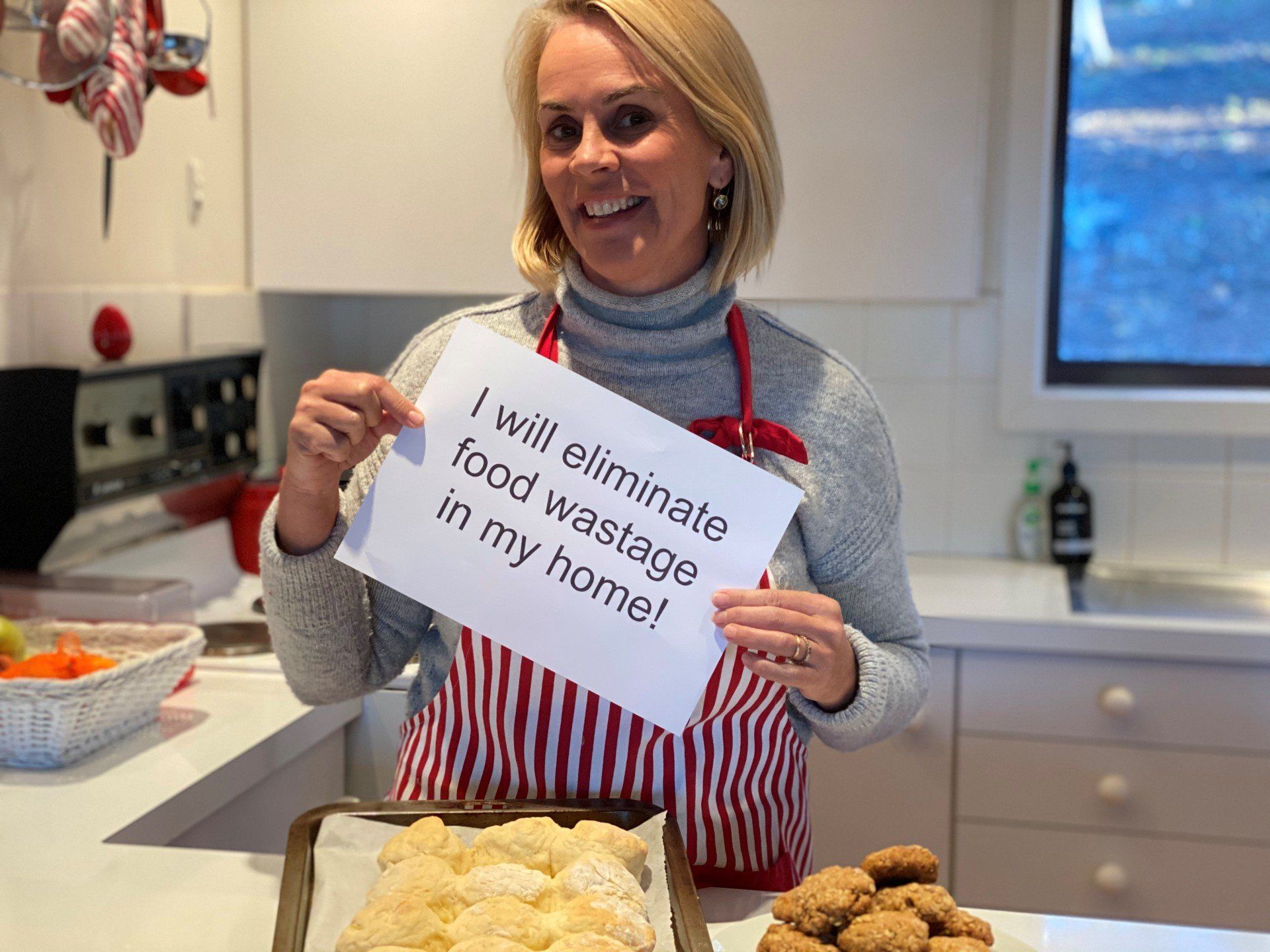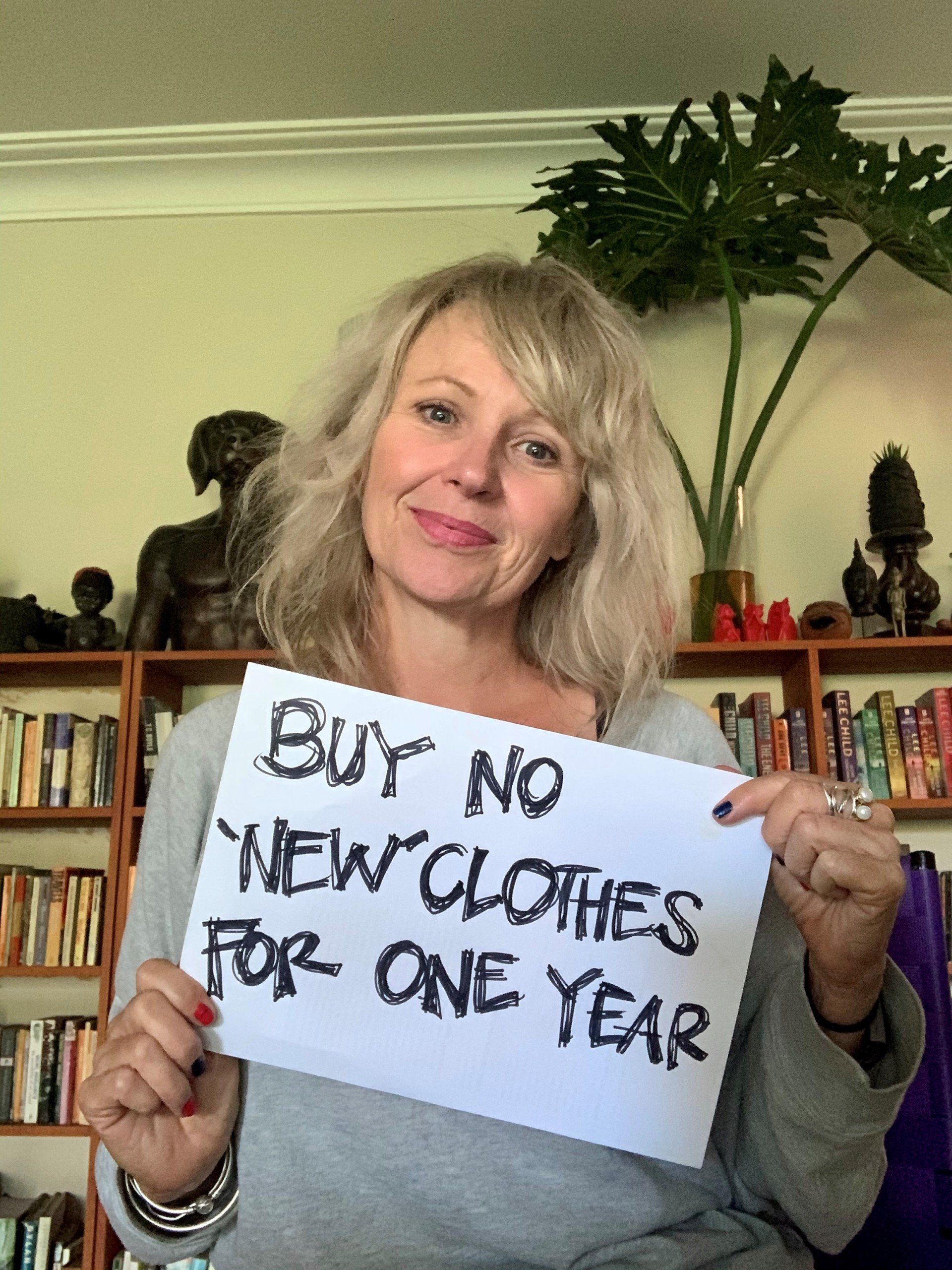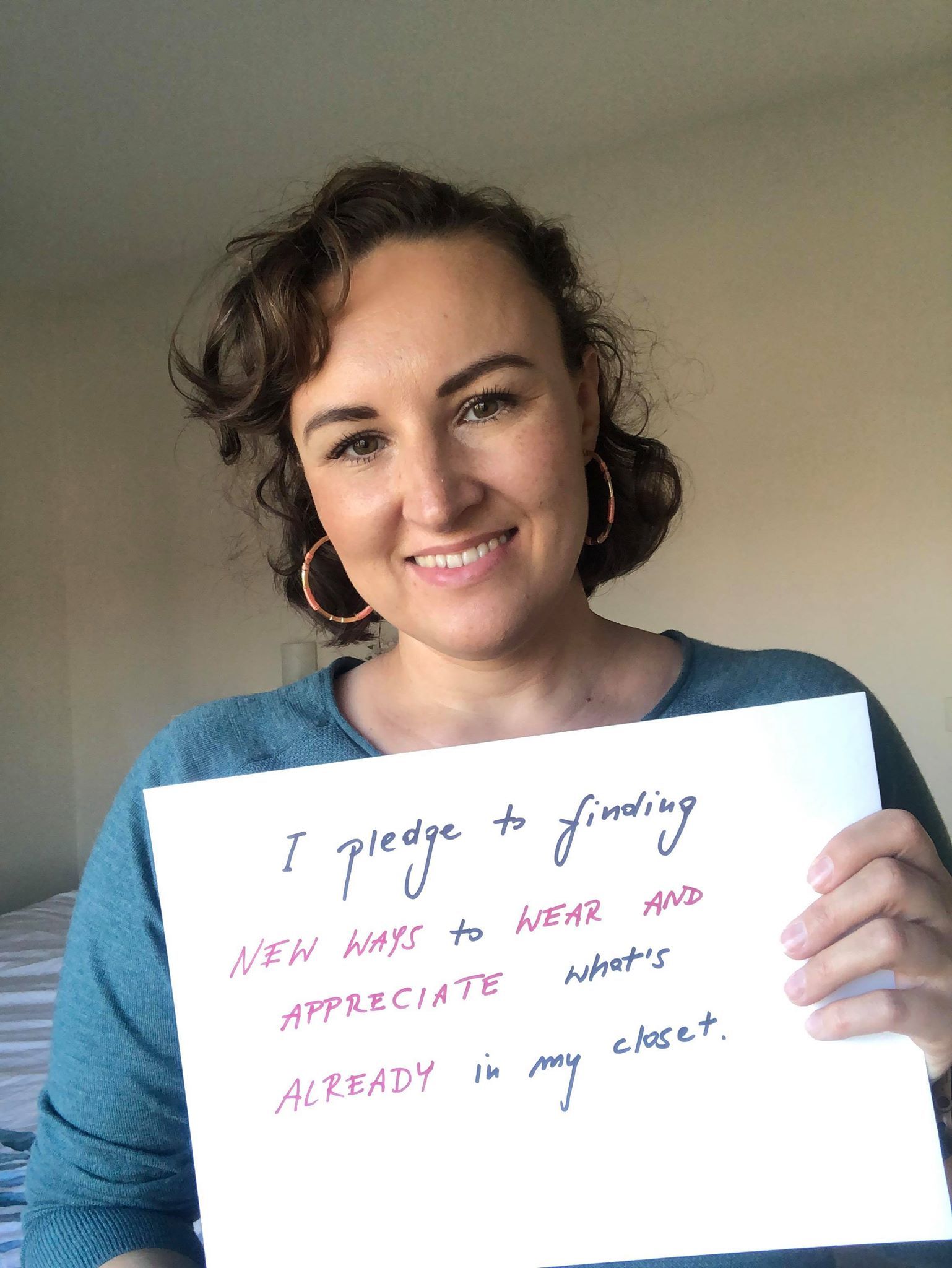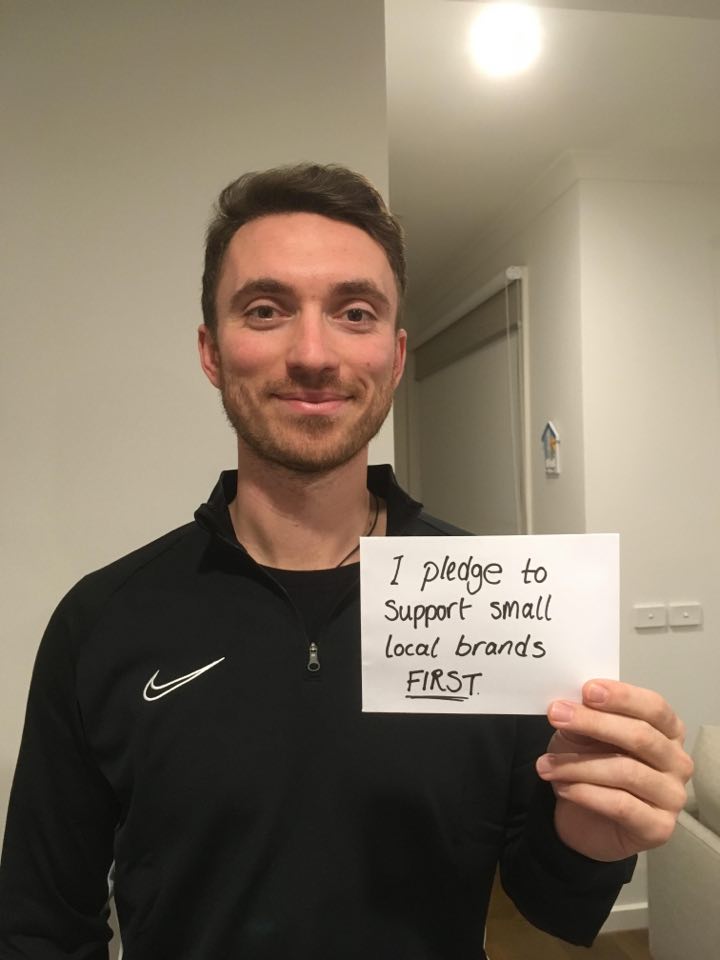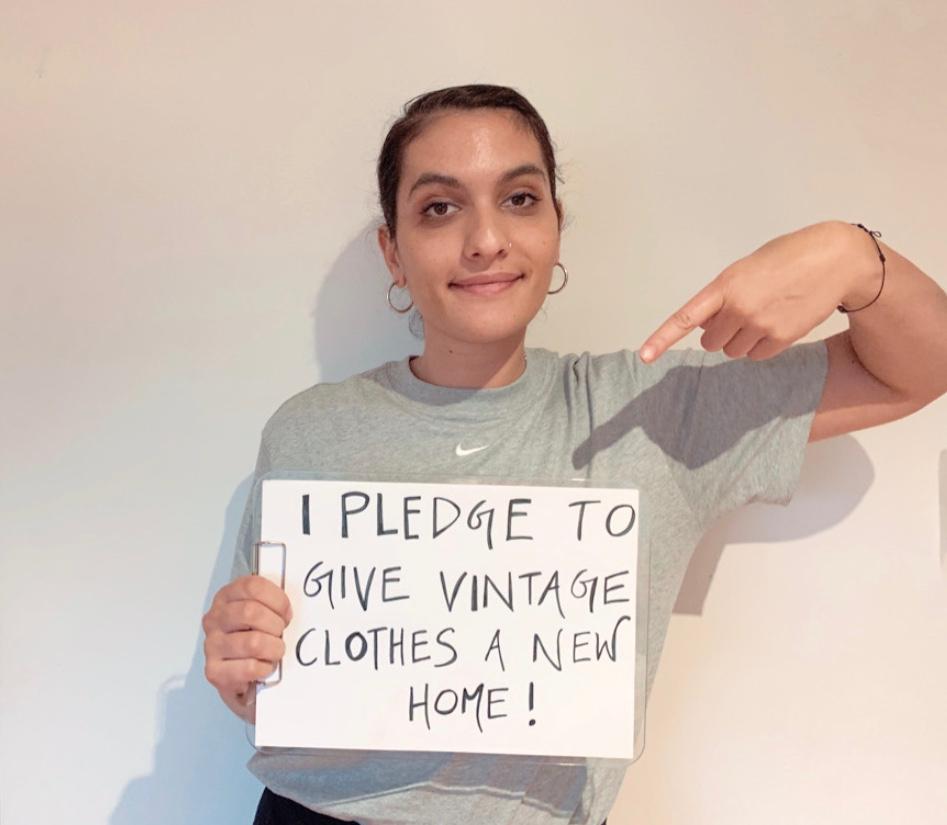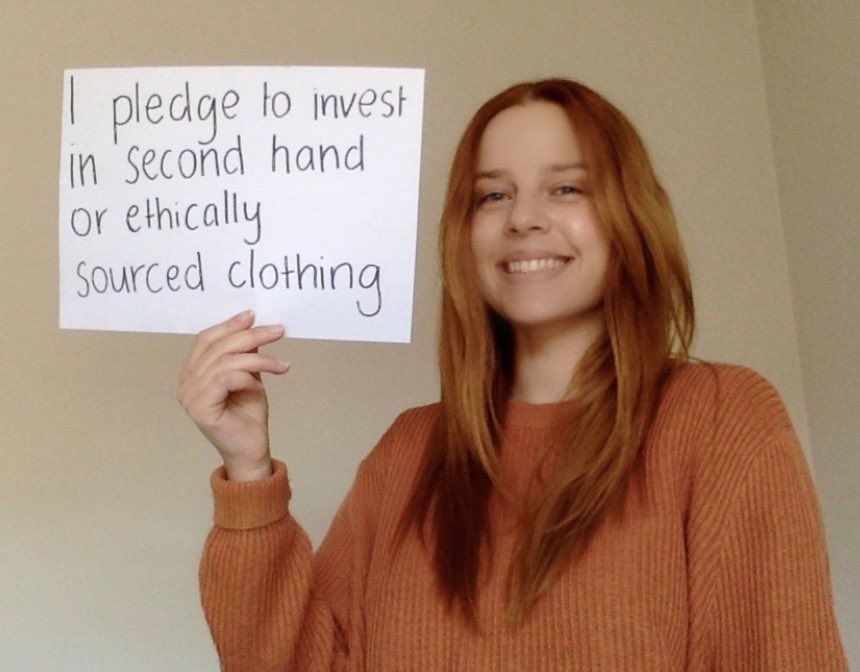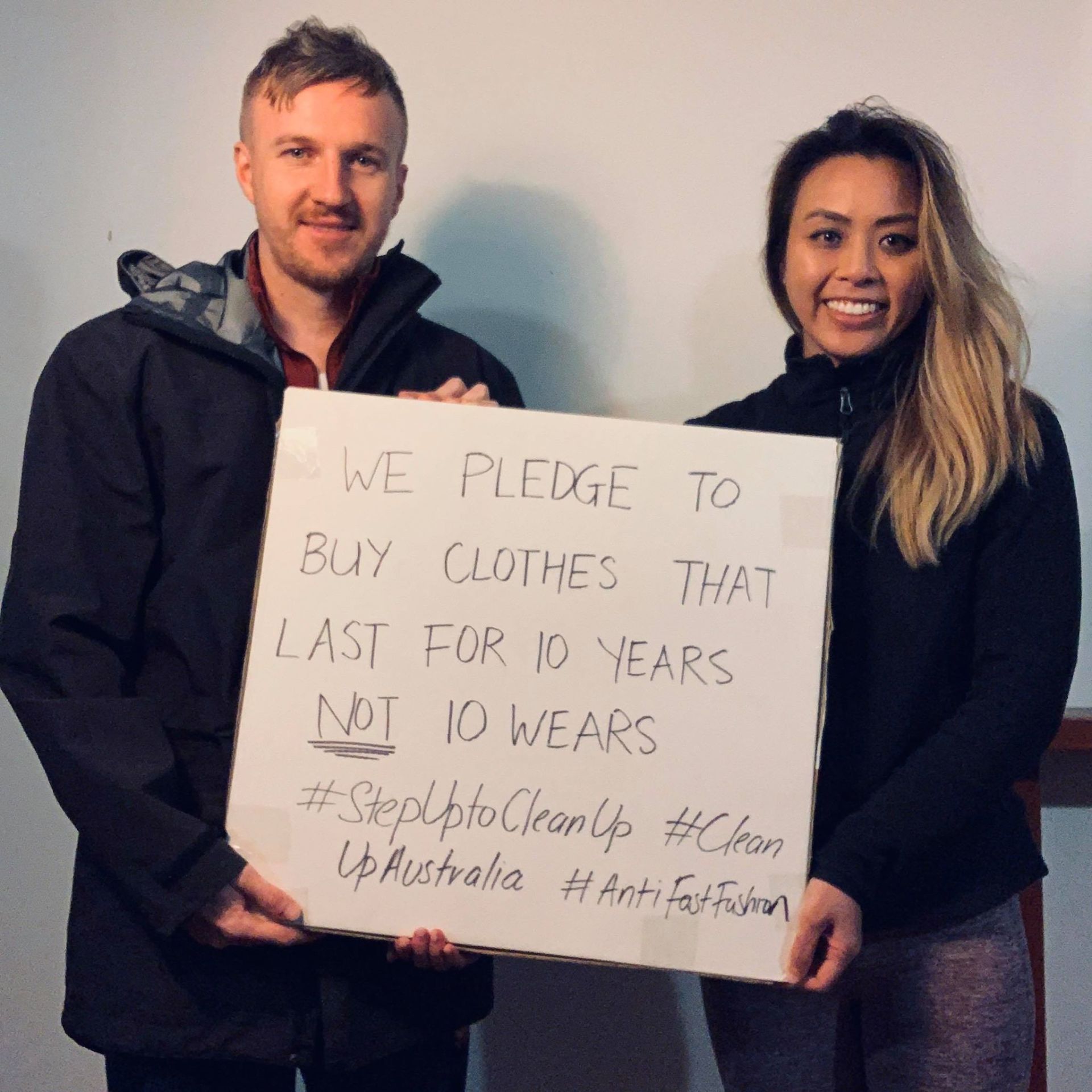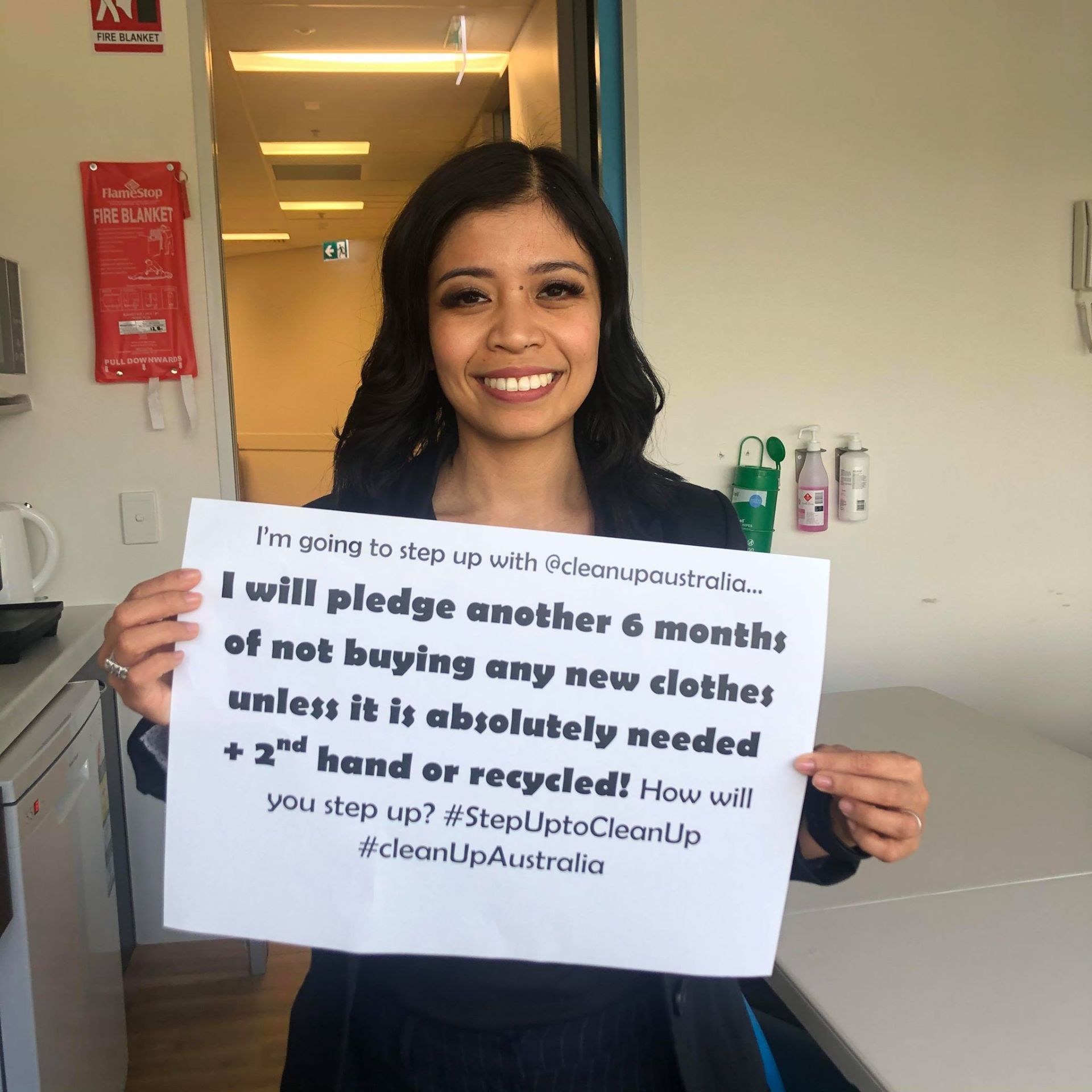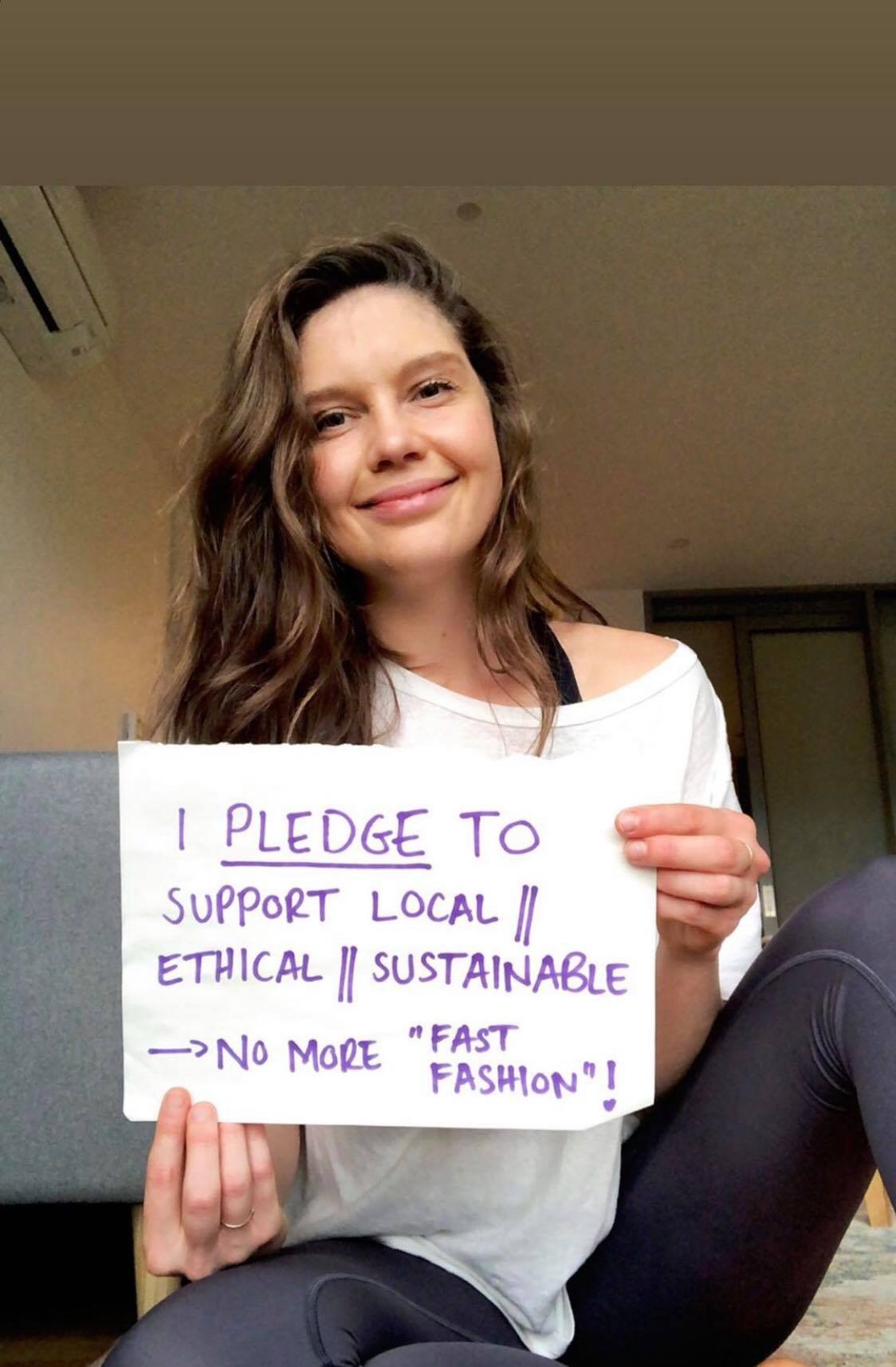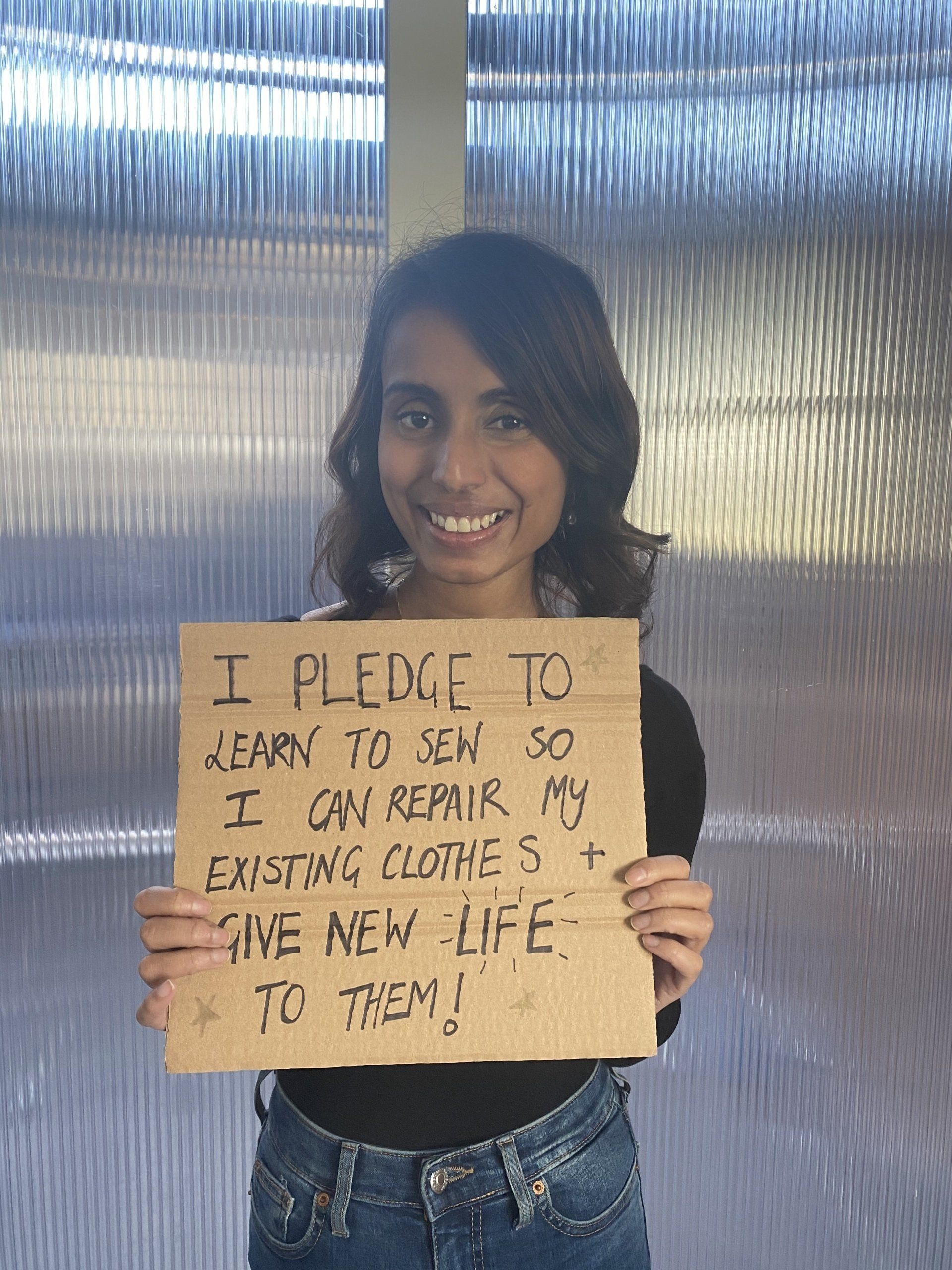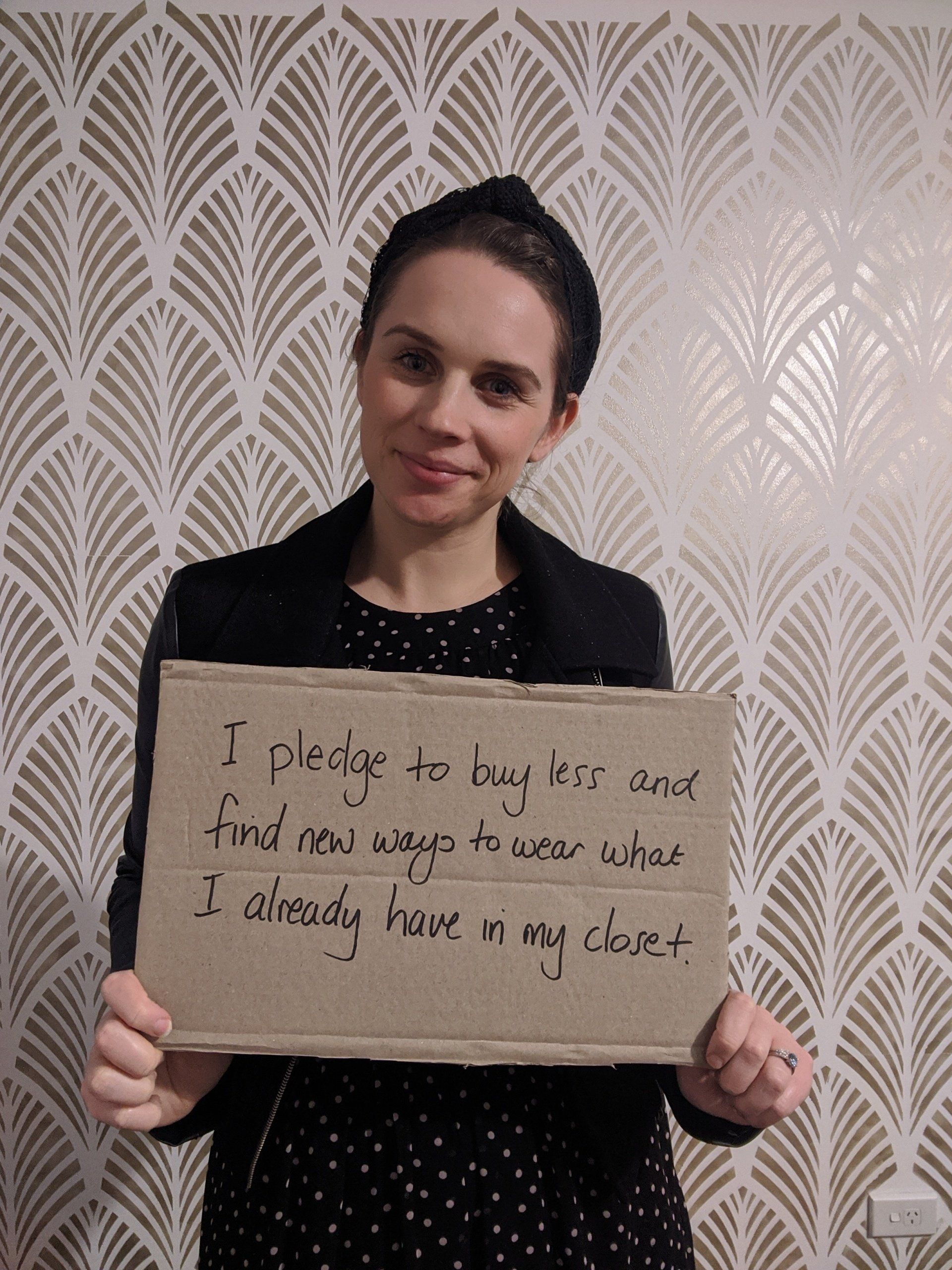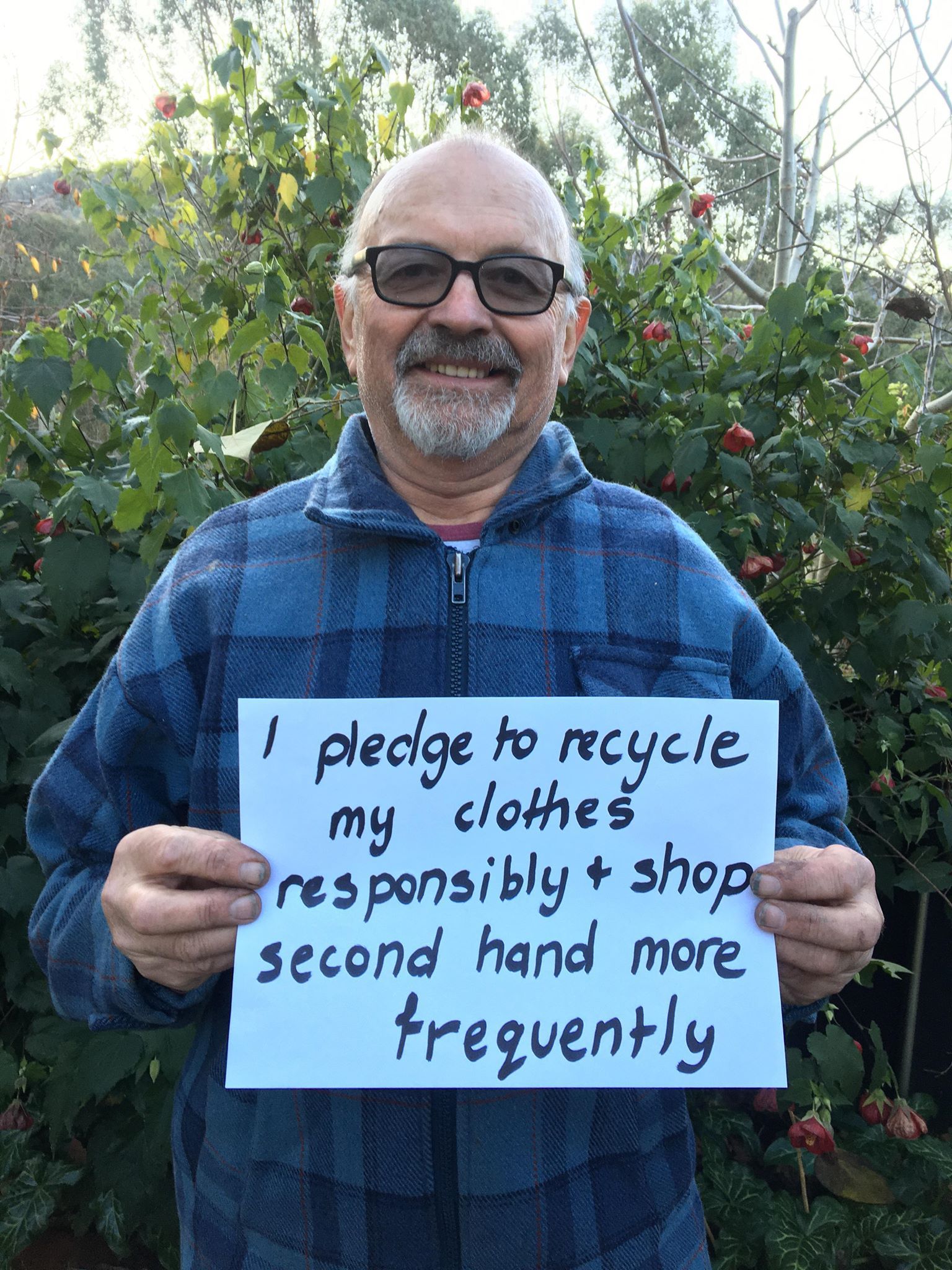Microplastics are everywhere. What can we do about it?
Today, plastic is found on every inch of our planet, from our rubbish tips to the deepest depths of the oceans.
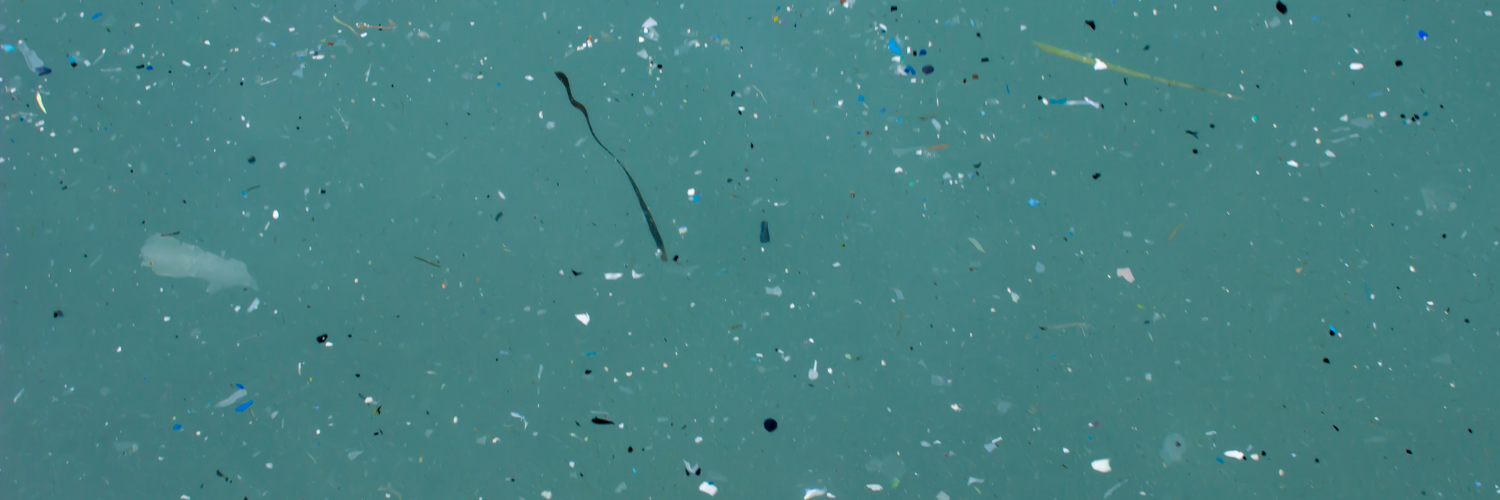
Plastic is even within our bodies, with studies showing that most people unintentionally consume around 5 grams of plastic every week, which roughly equates to a sum the size of a credit card. Most of this plastic consumption comes from the inhalation of microplastics, which unfortunately happens mostly when we breathe, eat and drink. As the name implies, microplastics are microscopic in size and are defined “as plastic pieces less than 5 millimetres across”, which can make them difficult to avoid.
Passing through our respiratory system, microplastics can then enter other parts of the body, from our bloodstream to certain organs like our lungs, eventually becoming part of the cells which make up our body - though most of these microplastics likely leave in the normal processes of our bodies. The extent to which microplastics impact our bodies is somewhat unknown, however there are links to growing rates of certain diseases and illnesses, including inflammatory bowel disease, colon cancer, declining sperm counts, and heart disease.
In Australia, the organisation AUSMAP is committed to mapping out the extent to which microplastics are present in our environments. In a recent analysis in Manly Cove in the Northern Beaches of Sydney, AUSMAP describes how the popular swimming spot is a “soup of plastic pollution”, with results showing a distressing “4,097 pieces per square metre”.
In response to these discoveries, AUSMAP, Total Environment Centre and other environmental groups are advocating for several solutions to help avert the prevalence of the issue, including:
- Increasing legislation to target intentional microplastics.
- Stricter restrictions around the usage of polystyrene.
- Implementation of strategies for intercepting pollution from rubber crumb and synthetic materials (material used on sporting fields).
Currently, both Federal and NSW State Governments are in the process of implementing several strategies:
- Microfibre filters: the Australian National Plastics Plan (ANPP) 2021 has advised phasing microfibre filters into all washing machines nationwide by 2030, which would capture the microplastics that comes out of synthetic textiles.
- Microplastic monitoring programs: funded by the NSW EPA, and undertaken by the Department of Climate Change, Energy, the Environment and Water (DCCEEW) to understand more conclusively about the threat of microplastic, with the outputs of:
- A state-wide baseline microplastic data set.
- Microplastic Pollution Grades.
- Microplastic identification.
- Ban on microbeads: under the Plastic Reduction and Circular Economy Act 2021 NSW has banned the use of microbeads in personal care products such as shampoo and toothpaste bottles
What can you do?
While we may not currently understand the full extent to which microplastics are present in the environment, we can still contribute individually to lessen the impact microplastics have on the planet. Avoid products which use large amounts of soft plastics and instead choose products which use more sustainable materials which break down organically in the environment. While this action might seem insignificant, it does help promote and lead businesses to make changes in the products they put on the market. You can also choose to reuse and avoid single-use products made of plastic. For example, buy a reusable water bottle rather than drinking disposable bottled water.
While microfibre filters are yet to be implemented commercially into washing machines, you can still limit the amount of microfibres that shed during your laundry process, by making several small changes; choosing cold water washes over hot, using less detergent, using front load washing machines, choosing to wash clothes in larger loads over several small loads and avoiding the use of dryers, instead choosing to use clotheslines whenever possible. Additionally, there is also a product, the Cora Ball, which can be placed into the washing machine with your clothes, which is able to capture around 25 – 30% of microfibres that are released in the process of washing.
While microplastics are difficult to see and even harder to clean up, we can prevent them from further polluting our environments. The organisation AUSMAP is looking for volunteers to help with microplastics field work, data processing and analysis – join their awesome team of citizen scientists! You can also join or register a Clean Up Australia event for any day of the year. By doing our bit and helping to Clean Up our country, we can prevent microplastics from leaking further into the environment.
By Finn Lilienthal
Search for other blog topics:
Inspire your family and friends to make a change by sharing your pledge and tagging @CleanUpAustralia #CleanUpAustralia
Clean Up Australia
Clean Up Australia acknowledges the Traditional Owners of Country throughout Australia and their continuing connection to land, waters and community. We pay our respects to Elders past and present.
Clean Up Australia
Level 4, 233 Castlereagh St, Sydney NSW 2000
Tel: 02 8197 3400 or 1800 CUA DAY (1800 282 329)
All donations above $2 are tax deductible for Australian taxpayers.
We are a registered charity with the ACNC.
ABN: 93 003 884 991
Media enquiries & interview opportunities
Sign up for our newsletter here.
